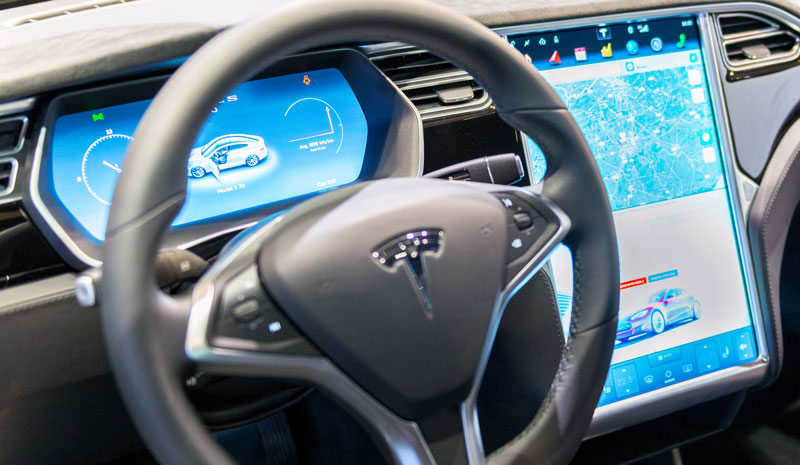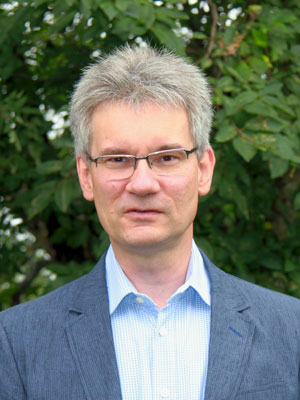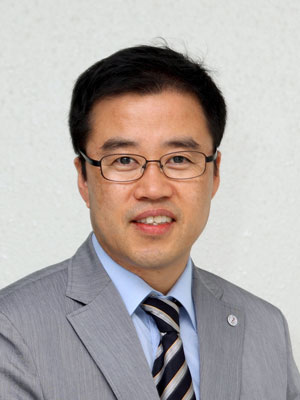The Internet of Things (IoT) is dramatically accelerating the pace of innovation in the transportation industry – especially the cars and trucks we drive every day. Today, many vehicles include numerous connected systems that provide drivers with the ability to listen to satellite radio, view streaming video, display and use smartphone apps, navigate roadways, request roadside assistance, unlock doors remotely, and find open parking spaces. Naturally, IoT will also bring to the automotive industry changes that we can’t predict yet.
But IoT is already influencing how carmakers build their vehicles and how they think of the future of their products. By 2020, consultancy Gartner estimates that nearly 250 million cars will be connected to the Internet, and PricewaterhouseCoopers forecasts that the connected car market will be worth USD 149 billion by that year. It’s clear that IoT will soon be a buzzing business for standards, with ISO/TC 204, Intelligent transport systems, leading the pack.
To see where we stand on developments in these areas, ISOfocus spoke to Knut Evensen, Chief Technologist at Q-Free, and Dr Young-Jun Moon, Senior Research Fellow and Chief Director at the National Transport Technology R&D Center of the Korea Transport Institute. Here, the two experts from ISO/TC 204 discuss some of today’s challenges with IoT, the opportunities that lie ahead, and how standards will shape our increasingly connected and integrated lives.
ISOfocus: From your point of view, where do you see the greatest progress of IoT today in the Intelligent Transport Systems (ITS) industry? Is it still too early to tell?

Knut Evensen: The greatest progress today is probably that many actors are increasingly aware of the opportunities and challenges that IoT represents. Carmakers, road authorities, infrastructure operators, city authorities and telcos are coming to realize that ITS is one of the major growth areas for IoT.
It is still too early to see the full impact of IoT on our industry, but some pilot sectors are starting to deploy services based on Big Data collected from the transport sector, and many if not most service providers and authorities are taking advantage of this influx of information. This is not true IoT yet, but the business cases are building up and creating a marketplace that will be essential to drive the real transfer to IoT.
Dr Young-Jun Moon: IoT might be able to replace one of the major parts of ITS, i.e. data collection and surveillance, with highly reliable sensors for providing not only device-to-device (D2D) connectivity in each ITS station but also Big Data sources in ITS services.
But, I agree, the technology is still too young to be deployed fully in the ITS industry, as the business case for IoT is still lacking due to both technical and economic problems in the marketplace – it’s not cost-effective enough yet.
What are some of the challenges you see to further developing IoT for ITS, knowing all the complexities?
Evensen: ITS has a number of built-in challenges. Some of these are institutional, where different organizations like carmakers and road authorities are used to having full control over their respective environments. Now, all of a sudden, they have to cooperate on a very detailed level.
Other challenges are proprietary interfaces that have resulted in vendor lock-in over large parts of the traditional ITS industry, as well as issues with data ownership and the question of where data access should be possible in the value chain.
I believe the biggest challenge for an “open future” IoT, however, may turn out to be some early IoT movers with clear business cases and strong financial muscles who manage to corner the market and build a “closed garden” for “their” ITS devices. This is an area where formal standards and regulatory pressure may play an important role to enable a more open market going forward.
Moon: For me, I see the challenges for developing IoT best summed up as follows: How can unconventional ITS be introduced with ease, cheaply and simply? How can we get connectivity and interfaces between devices? And how are we going manage Big Data collected from IoT?

What role, if any, can standards development play to address these challenges? What specific areas in ITS might require standards in the short term, and does ISO/TC 204 have certain related priorities?
Evensen: Standardization obviously plays a big role in enabling IoT in the ITS domain. Many of the challenges mentioned above can be directly solved by proper technical standards with their related conformance test regimes, whilst other challenges will need regulations to be effective, and then again with standards as the technical underpinning.
This is recognized by the technical committee and we are looking at the various challenges both from a short-term and long-term perspective. In the short term, the current working groups are studying their area of work to see what can be done. Over the long haul, however, there will be a need to change operations to enable closer cooperation with other working groups and technical committees.
Some of the obvious standards needs include creating open data ports in vehicles and roadside equipment, for instance. These data parts are an absolute necessity to avoid the lock-in situation we know now, and to enable the rich local data access that will be needed in most future IoT/Big Data concepts. ISO/TC 204 has started standardization of such data ports, but it will be up to the authorities around the world to determine if these data ports will be mandatory or not.
Moon: Such challenges for developing IoT in transportation have to be addressed through standardization, and for ITS, it would be in a committee like ISO/TC 204. The four ITS stations recently defined in ISO/TC 204 as Cooperative ITS – Vehicle ITS Station, Personal ITS Station, Roadside ITS Station and Central ITS Station – should be incorporated with IoT in the short term. This means almost all the working groups directly and indirectly involved with IoT development. But in the long run, ISO/TC 204 may have to be reorganized to further address these challenges.
Looking into the future, how do you see IoT evolving in ITS and smart transportation? What do you envision transportation will be like as IoT evolves?

Evensen: IoT and Big Data can be seen as one of the three main pillars of the ITS future. The other two are connected automated vehicles (CAVs – self-driving cars) and smart cities. These three are interwoven to such a degree that one cannot exist without the other in the future.
The current challenge in the ITS standardization community is twofold. Firstly, this evolution overlaps with the work of several committees that so far have been naturally separate, and that also includes other standards developing organizations. Coordinating all these to avoid an unruly proliferation of standards and potentially harmful overlaps can be a real challenge.
Secondly, we have the same situation inside each committee. The ISO/TC 204 working groups are traditionally set up according to vertical application areas: parking, public transport and tolling/payment systems, for example. These are becoming increasingly interwoven services that consumers expect to find in the same application on their smartphones, and that requires a new level of coordination. ISO/TC 204 has been looking into the need to reorganize its working structure and has several ad hoc groups studying the practical ways to achieve this.
Moon: As mobile and nomadic devices such as smartphones have changed transport systems and services in a big way to make people’s transport behaviour and trip patterns more “intelligent”, IoT might change transport systems and services to make them even more connected, automated and integrated.
People may be able to use transport more efficiently, safely, and “green”, taking advantage of information based on Big Data from IoT. New mobility systems including means, infrastructure and facilities should be connected and integrated to provide people with smarter mobility services. IoT will also accelerate evolving vehicle technology with even more connectivity and automated functions.
Smart mobility
What are Intelligent Transport Systems (ITS)? ITS describe technology applied to transport and infrastructure to transfer information between systems for improved safety, productivity and environmental performance. This includes stand-alone applications such as traffic management systems, information and warning systems installed in individual vehicles, as well as cooperative ITS (C-ITS) applications involving vehicle-to-infrastructure and vehicle-to-vehicle communications.
The potential of IoT-connected cars
The combination of Wi-Fi and IoT technology paves the way for a bevy of rich services for drivers and passengers alike, such as enhanced navigation, real-time traffic and parking information, streaming infotainment and integration between dashboards, smartphones and wearable devices such as health trackers and smart watches.
How will the work of ISO/TC 204 contribute to achieving greater integration of ITS for the success of IoT? How do you see ISO/TC 204 laying the groundwork with the standards under development today?
Evensen: The changes that CAV, IoT and smart cities bring together already have a big impact on ISO/TC 204. In the short term, all the relevant working groups will be looking into their portfolio of standards to see if changes are needed. For instance, we are creating a common ITS Data Catalogue that will be needed for IoT.
Other examples are the working groups on Cooperative ITS and Communication that have, for several years, been advocating an IoT paradigm with Internet Protocol version 6, and new work around Green ITS and Intelligent Mobility are all aligning with the same new paradigm.
Moon: For the past two decades, ITS technology and standardization have focused on two measures of effectiveness (MoE) – safety and mobility. But as information and communication technology (ICT) and mobile devices are introduced into transport, another MoE (i.e. sustainability) is being taken on board in terms of changing travel behaviour and/or trip patterns under the concept of shared economy.
For the future transport society, enabled with IoT and Big Data, those three MoEs are to be combined and harmonized to prepare a new paradigm of ITS involving automation, electrification and mobility integration to provide services that are safe, smart and green.



